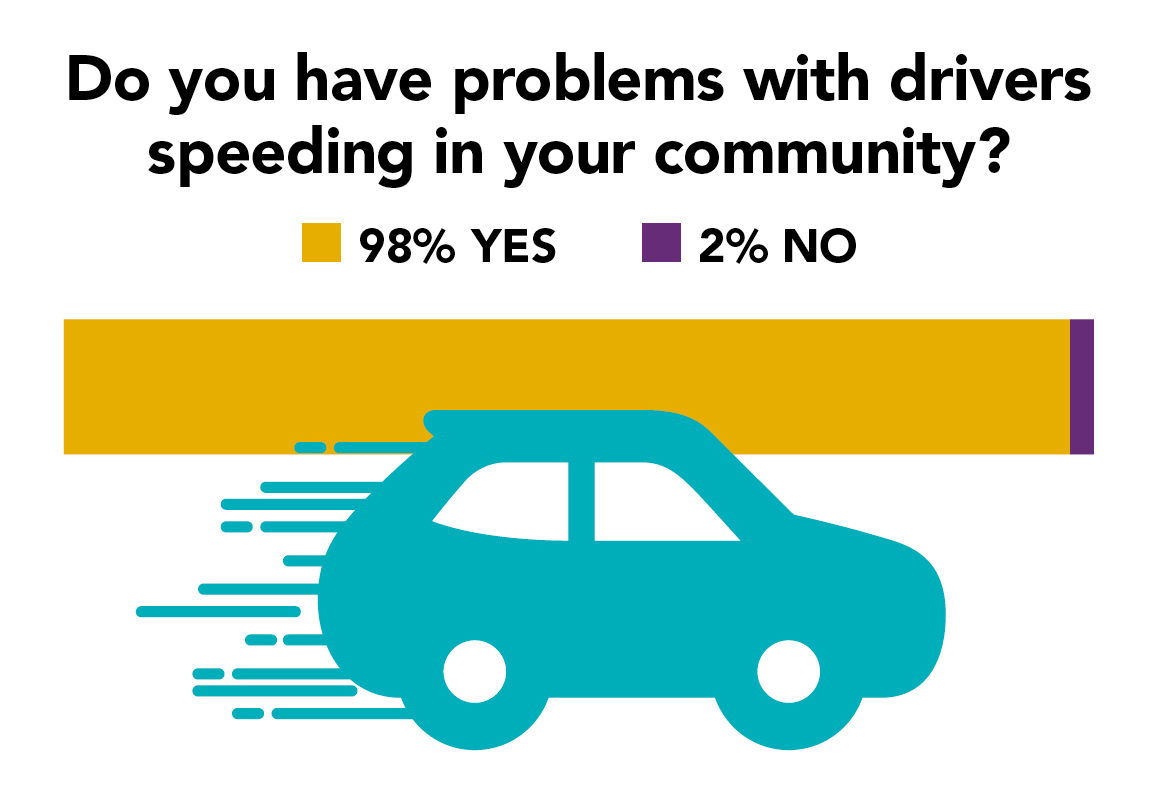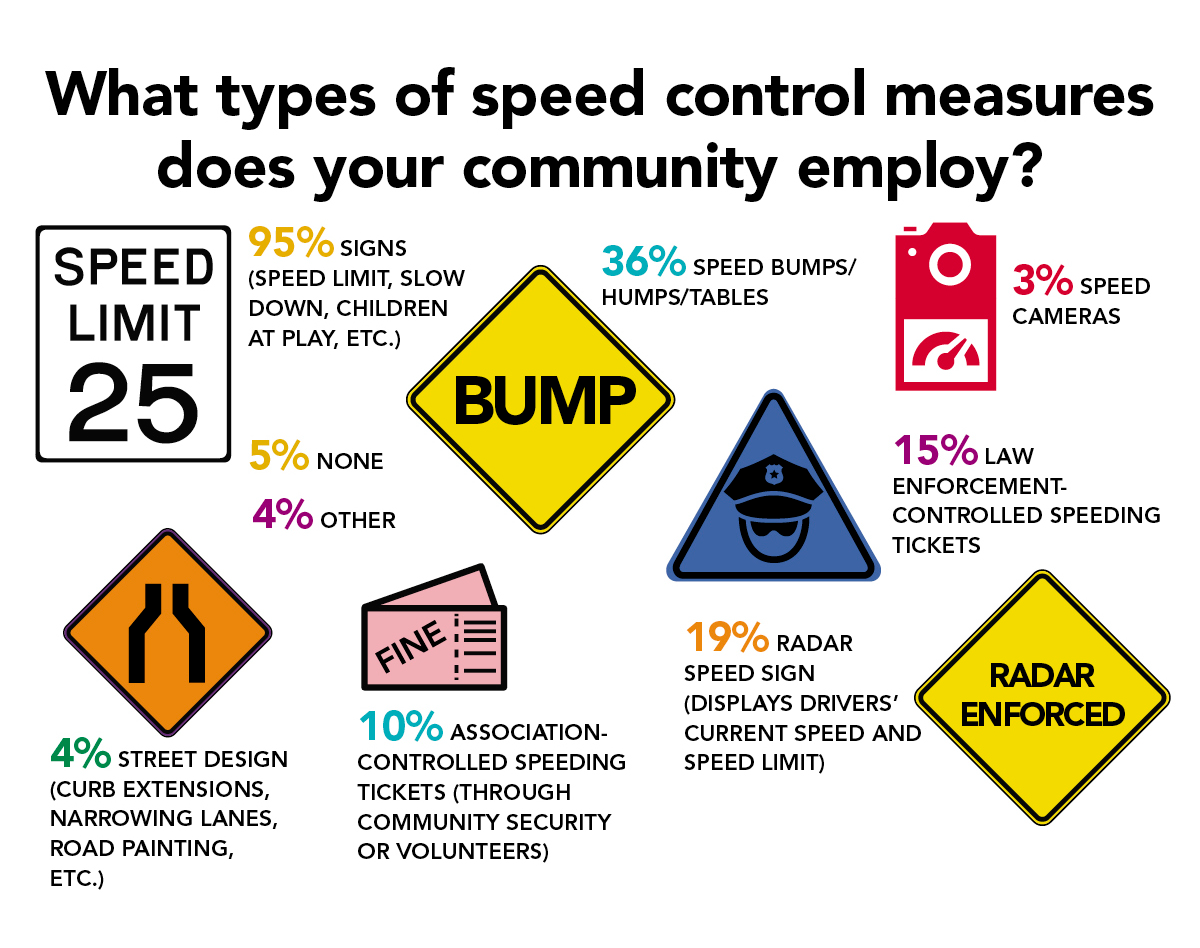Drones have rapidly become useful tools for commercial and recreational purposes, including search and rescue operations, surveying damage after natural disasters, and aerial photography. Community associations, whether in a high-rise condominium or a community of single-family homes stretched over dozens of acres, also could benefit from the visual advantages offered by drones.
Drones can document before-and-after conditions, which can assist with insurance claims, as well as normal wear and tear and exposure to the elements, helping an association become proactive about repair work before it becomes an emergency. They also can inspect infrastructure for code violations or gather photos and video to market the community when it’s looking its best, says Bill Holderby, owner and founder of Eagle Eye UAS in Naples, Fla.
When contracting with a drone operator to provide services for your association, Holderby recommends making sure the operator has a Federal Aviation Administration Part 107 license, which shows compliance with safety requirements for commercial operations. All pilots who fly drones for a living must have taken and passed an FAA test, along with a background check by the Transportation Security Administration.
Holderby also suggests asking the operator about their experience flying drones; if they keep a flight log; how they handle emergency situations; who owns the images/video/data from the flights, how it’s stored, and for how long; and how they handle safety.
A community should do some due diligence on drone rules too. Hillary B. Farber, a professor at the University of Massachusetts School of Law, and retired attorney Marvin J. Nodiff, a fellow in CAI’s College of Community Association Lawyers, recommend the following:
- Have some guidelines in place. Make sure that both hobby and commercial drone operators are cleared or approved to fly in the community.
- Address privacy concerns. No drone operator should be flying outside of a resident’s window or over the pool, for example, unless they’re contracted specifically to do that work.
- Communicate with homeowners. Before any association-approved drone operation, inform your residents what the project is, where flights will occur, and when you’ll fly.
- Mitigate risk factors. Potential concerns include electronic component failure, hijacked controls, hacked video feeds and homeowners’ personal data, operator negligence or loss of control, and invasion of privacy.
- Consider insuring against claims of bodily injury, property damage, or personal injury. Standard commercial general liability policies don’t cover aircraft, including drones. The board would need a separate aviation policy or endorsements for bodily injury and property damage, and personal and injury liability, which would cover claims such as invasion of privacy. Any person who operates the drone should be covered as an insured party. In addition, an operator should have specific liability insurance for flying the drone. Most will have a $500,000 to $1 million liability policy.
The post Taking flight: What to consider when deploying drones in your community appeared first on Ungated: Community Associations Institute Blog.


